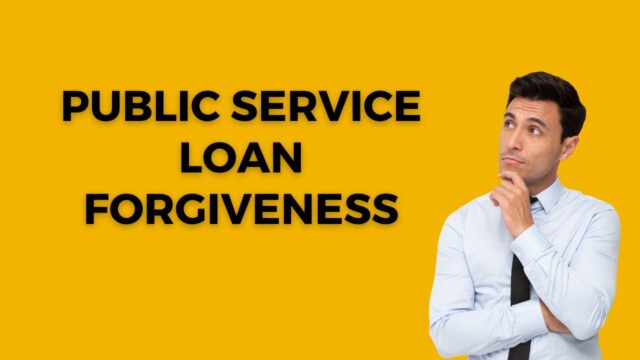
One of the biggest challenges that borrowers face when it comes to student loan debt is figuring out which repayment strategy will work best for them.
One option that borrowers may consider is Public Service Loan Forgiveness (PSLF), which allows eligible individuals to have the remaining balance of their federal student loans forgiven after they have made 120 qualifying payments while working in certain public service and nonprofit jobs.
However, with reports of high rates of PSLF rejections and the recent repeal of several PSLF provisions, many may be questioning whether this program is really worth pursuing. In this blog post, we’ll take a closer look at the pros and cons of PSLF to help you determine if it’s worth it for your financial situation.
Pros:
1. Loan Forgiveness: The obvious benefit of PSLF is the potential for loan forgiveness. If you work full-time for a qualifying organization, you could have your remaining student loan balance forgiven after 10 years of payments. This can provide a huge relief for those who have accumulated large amounts of debt, especially for those who have pursued careers in lower-paying public service fields.
2. Lower Monthly Payments: Another advantage of PSLF is that borrowers can enroll in an income-driven repayment plan in order to make lower monthly payments on their loans. This can be beneficial for those who have large loan balances but are not earning high salaries.
3. No Tax Consequences: Unlike other loan forgiveness programs, PSLF forgiveness is tax-free. This means that you won’t have to worry about paying income taxes on any forgiven loan balances.
Cons:
1. Eligibility Requirements: Unfortunately, not all borrowers are eligible for PSLF. In order to qualify, you must work full-time for a qualifying organization for at least 10 years while making 120 qualifying payments. If you don’t meet these requirements, you will not be eligible for loan forgiveness.
2. Limited Job Opportunities: PSLF only applies to certain public service and nonprofit jobs, which means that not all borrowers will have the opportunity to take advantage of the program. If your career path does not involve working for these types of organizations, then PSLF may not be an option for you.
3. Lack of Certainty: With reports of high rates of PSLF rejections, borrowers may be uneasy about relying on this program for loan forgiveness. The recent repeal of several PSLF provisions has only added to this uncertainty. It’s important to be aware of the risks associated with PSLF before making a decision to pursue this program.
Conclusion:
Public Service Loan Forgiveness can be a great option for borrowers who work in public service or nonprofit organizations, as it could potentially provide complete loan forgiveness after 10 years of qualifying payments. However, it’s important to consider the potential drawbacks associated with the program, such as limited eligibility requirements and the current lack of certainty surrounding the program’s future.
Ultimately, whether or not PSLF is worth pursuing depends on each individual’s financial situation and career goals. If you’re unsure whether PSLF is right for you, consider speaking with a financial advisor to weigh your options and determine which repayment strategy will be most beneficial for your situation.


































